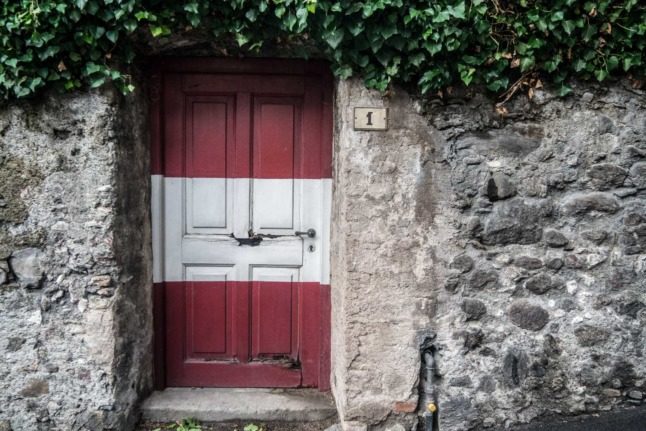Marrying someone from another country is romantic and exciting but it can result in extensive paperwork and tough decisions about where to live.
In Austria, it is possible to become a citizen (or naturalise) through marriage – as long as you jump through a few hoops first.
Here’s what you need to know.
Become a resident in Austria first
The first step to becoming a citizen in Austria is to become a resident.
This is because citizenship usually follows a period of living in the country as a resident.
If you are the spouse or registered partner of an Austrian, EEA or Swiss citizen, you can apply to live in Austria.
This involves registering your Right of Residence Under EU Law, known as the Anmeldebescheinigung. The paperwork has to be filed at the local authority within four months of arriving in the country.
FOR MEMBERS: Which European countries have the toughest rules for gaining citizenship?
EU or EEA citizens will then gain the right to continuous residence in Austria after five years.
Non-EU or EEA citizens can request a residence card (Aufenthaltskarte) under the Family Member category.
Citizenship through marriage
To be eligible for citizenship, applicants have to live in Austria for at least ten years (or six years for EEA nationals), with five years as a permanent resident.
However, if applying for citizenship through marriage, the requirement is six years of continuous residence with five years of marriage in the same Austrian household as their spouse.
Applying for naturalisation through marriage from abroad is not an option.
Applicants have to give up original citizenship
Citizenship in Austria is notoriously difficult to gain – even through marriage – and one of the biggest barriers is the requirement to give up original citizenship.
In 2021, Raquel Macho, 52, an office manager and people partner from Solihull, UK, told The Local about her decision to apply for Austrian citizenship.
Raquel, who lives in Leonding, Upper Austria, said: “Brexit was the decider for me as I want to remain an EU citizen like my husband and two children and not have to worry about problems with movement within the EU in the future.
“It took me a long while to reach the decision to apply but now I realise that I will always have British blood running through my veins and I will always cherish my roots.”
Requirements for naturalisation
To become naturalised in Austria through marriage, there is paperwork to complete and fees to be paid.
However, the documents required for the application are decided on a case-by-case basis through personal interviews.
READ MORE: What makes Austrian citizenship so hard to get?
Examples of documentation include a CV, passport-size photo, birth certificate, marriage certificate, degree certificate, Austrian residency documents, proof of income from the past three years and proof of social insurance.
Documents that are not in German have to be translated by a certified translator.
Additionally, applicants need to have German language skills at level B1 and pass the Integration Test with the Austrian Integration Fund (ÖIF).
For people that speak German at Level B2 or higher (and have an official certificate), the Integration Test is not required.
The cost of applying for citizenship in Austria typically runs into thousands of Euros and it can be a time consuming process.
What benefits does Austrian citizenship bring?
With Austrian citizenship, successful applicants get free access to the labour market, conditions of employment, social security, tax benefits and access to study grants.
Keep in mind however that many of these will have already been available to permanent residents.
They will also be eligible for an EU passport and the right to vote in elections.
Plus, unlike residency there is no need to renew a residence permit card every five years.
READ MORE: What’s the difference between permanent residency and citizenship in Austria?
Another added bonus is having the same rights as Austrians when buying property and having freedom of movement within the EU bloc.
People with citizenship also describe having a stronger sense of belonging in their chosen country.
Another consideration for men under the age of 35 is that becoming an Austrian citizen means completing six months of compulsory military service, or nine months of civilian service.
Useful links
For more information about applying for Austrian citizenship, the following websites are useful resources.



 Please whitelist us to continue reading.
Please whitelist us to continue reading.
Member comments